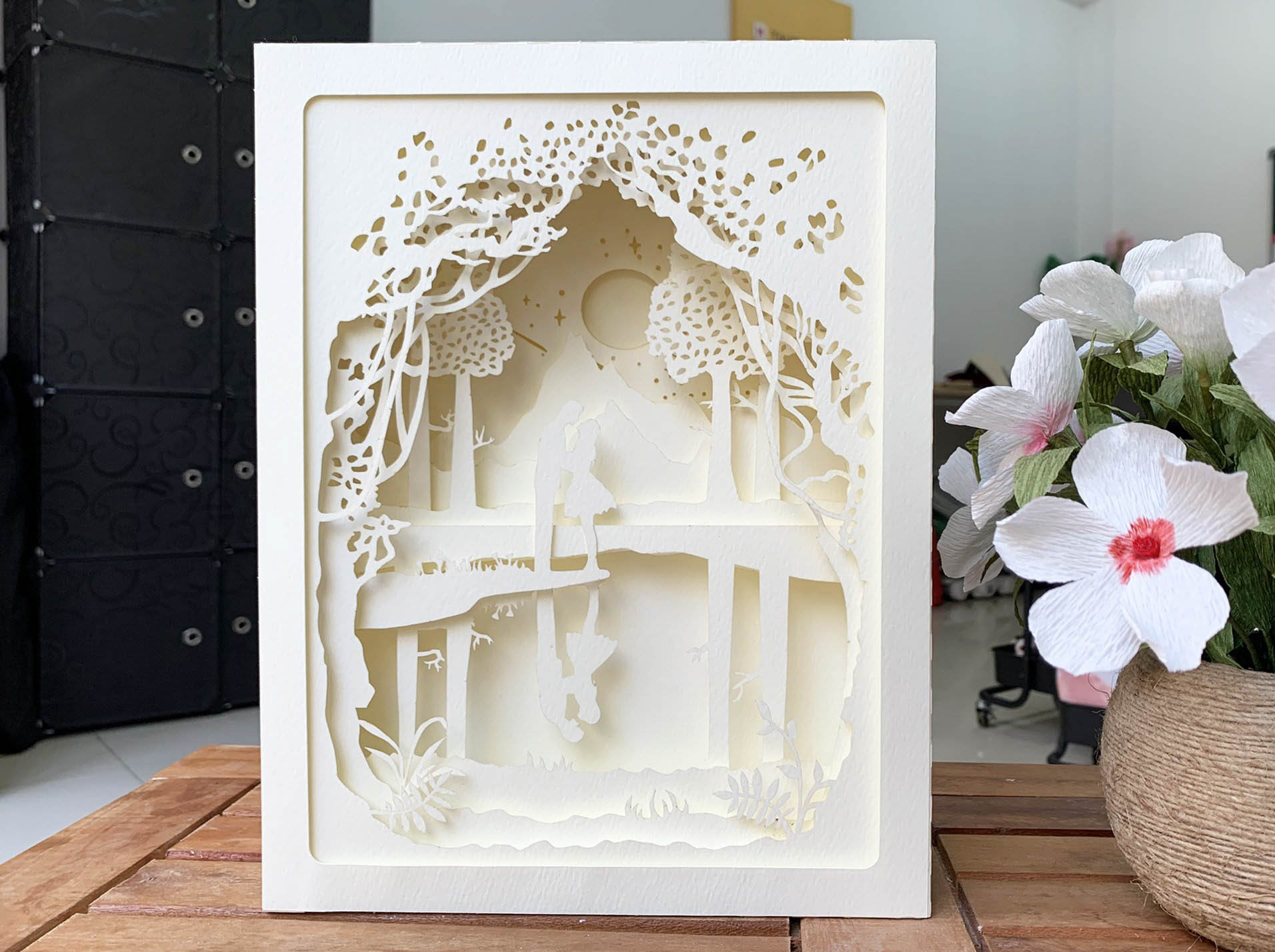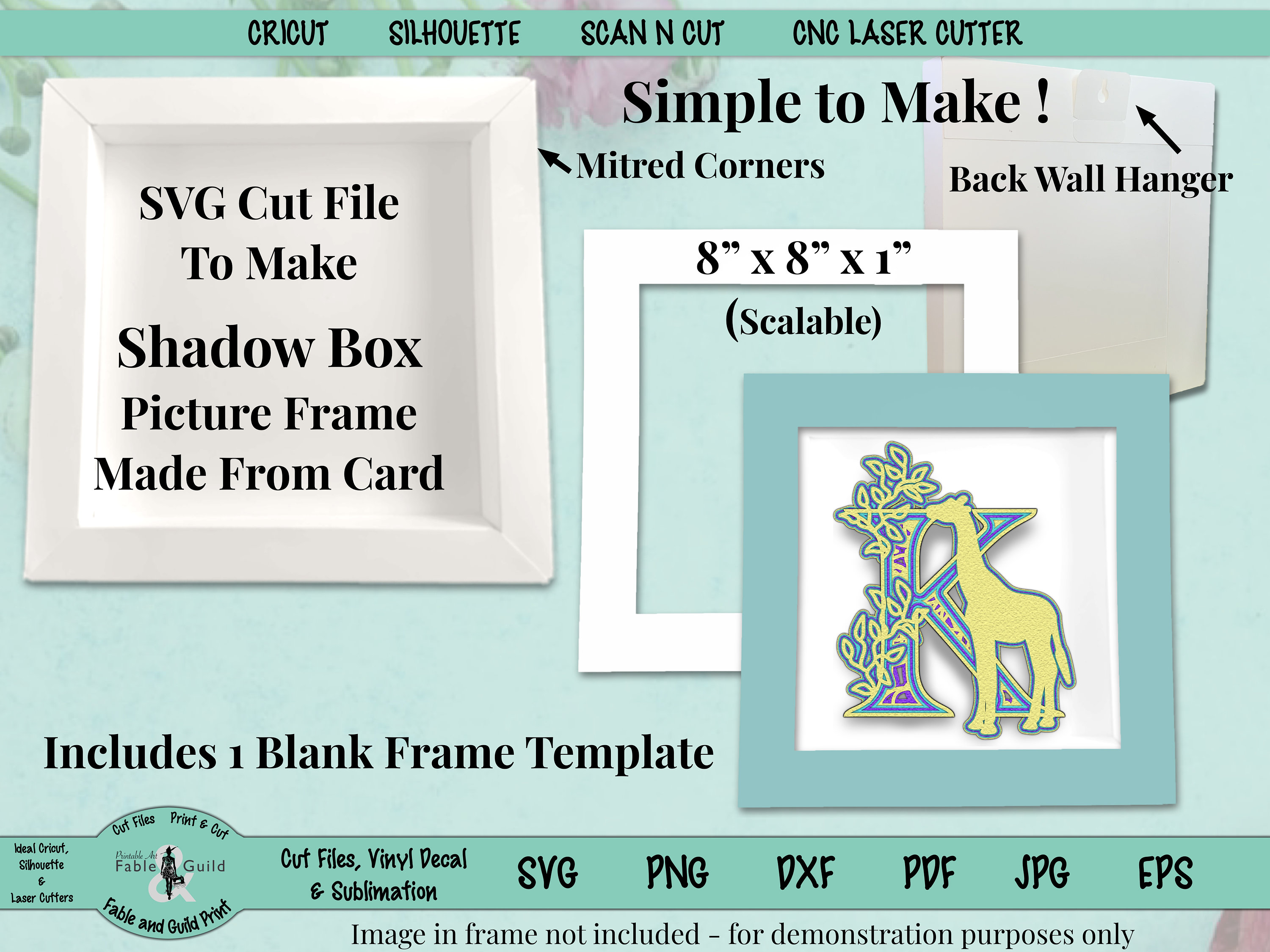Shadow box SVGs are a powerful tool for adding depth and dimension to your designs. They’re perfect for creating realistic effects, such as shadows, highlights, and bevels. And they’re relatively easy to create, even if you’re a beginner in SVG.
In this article, we’ll cover everything you need to know about shadow box SVGs, from the basics of how they work to more advanced techniques for creating complex effects. We’ll also provide you with plenty of examples and resources to help you get started.

Table of Content
Shadow box SVGs are a powerful tool for adding depth and dimension to your designs. They’re perfect for creating realistic effects, such as shadows, highlights, and bevels. And they’re relatively easy to create, even if you’re a beginner in SVG.
- Start with a base layer. This layer will be the bottom layer of your shadow box and will cast a shadow on the layers above it.
- Add a layer for the shadow. This layer will be placed on top of the base layer and will be filled with a dark color. The shape of the shadow layer will determine the shape of the shadow that is cast.
- Add layers for the objects in your shadow box. These layers will be placed on top of the shadow layer and will contain the objects that you want to appear in your shadow box.
- Adjust the stacking order of the layers. The stacking order of the layers determines which layers are visible and which layers are hidden. You can change the stacking order by dragging and dropping the layers in the Layers panel.
- Add gradients and other effects. You can add gradients and other effects to your shadow box SVG to make it more realistic. For example, you can add a gradient to the shadow layer to create a smooth transition from dark to light.

Advanced Techniques for Creating Shadow Box SVGs
In this article, we’ll cover everything you need to know about shadow box SVGs, from the basics of how they work to more advanced techniques for creating complex effects. We’ll also provide you with plenty of examples and resources to help you get started.
What is a Shadow Box SVG?
A shadow box SVG is a type of SVG (Scalable Vector Graphics) image that uses multiple layers to create the illusion of depth and dimension. The layers are stacked on top of each other, with the bottom layer casting a shadow on the layers above it. This creates a realistic 3D effect that can be used to add depth to your designs.
How to Create a Shadow Box SVG
Creating a shadow box SVG is relatively easy. Here are the basic steps:
Once you’ve mastered the basics of creating shadow box SVGs, you can start to experiment with more advanced techniques. Here are a few ideas:
- Use multiple shadow layers. You can use multiple shadow layers to create more complex shadows. For example, you could use a dark shadow layer to create a sharp shadow and a lighter shadow layer to create a softer shadow.
- Use masks to create complex shapes. Masks can be used to create complex shapes for your shadow box SVGs. For example, you could use a mask to create a shadow that has a curved edge.
- Use filters to add effects. Filters can be used to add effects to your shadow box SVGs, such as blur, glow, and drop shadow.

Examples and Resources
Here are a few examples of shadow box SVGs that you can use for inspiration:
Here are a few resources that you can use to learn more about shadow box SVGs:
FAQ
Q: What software can I use to create shadow box SVGs?
A: You can use any vector editing software to create shadow box SVGs, such as Adobe Illustrator, Inkscape, or Sketch.
Q: How do I add a gradient to a shadow layer?
A: To add a gradient to a shadow layer, select the shadow layer and then click on the Gradient tool in the toolbar. Drag the gradient tool from one end of the shadow layer to the other.
Q: How do I use masks to create complex shapes?
A: To use masks to create complex shapes, select the layer that you want to mask and then click on the Mask tool in the toolbar. Drag the Mask tool over the layer that you want to mask.
Q: How do I add filters to a shadow box SVG?
A: To add filters to a shadow box SVG, select the layer that you want to add a filter to and then click on the Filter tool in the toolbar. Select the filter that you want to add from the list of filters.











